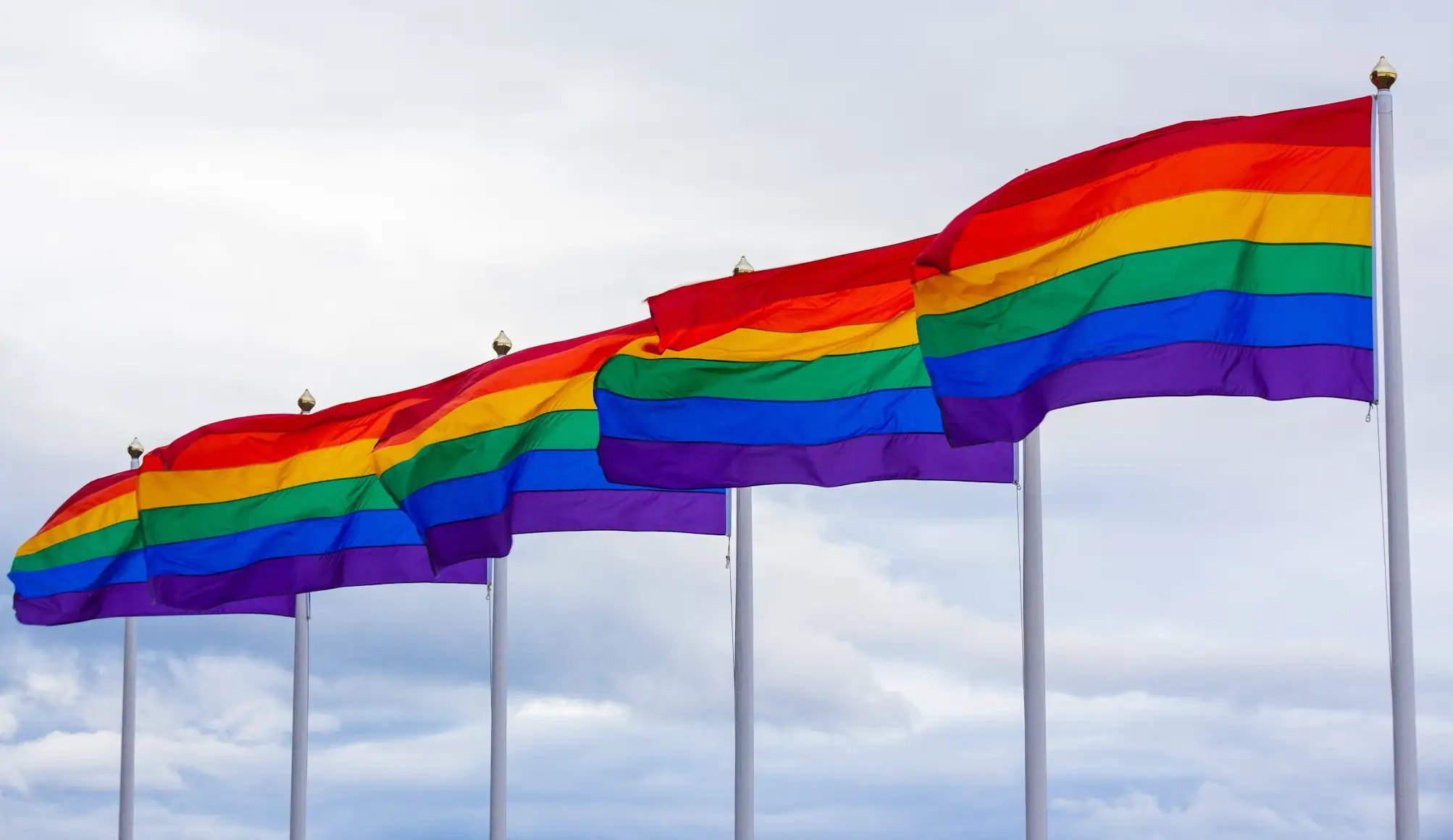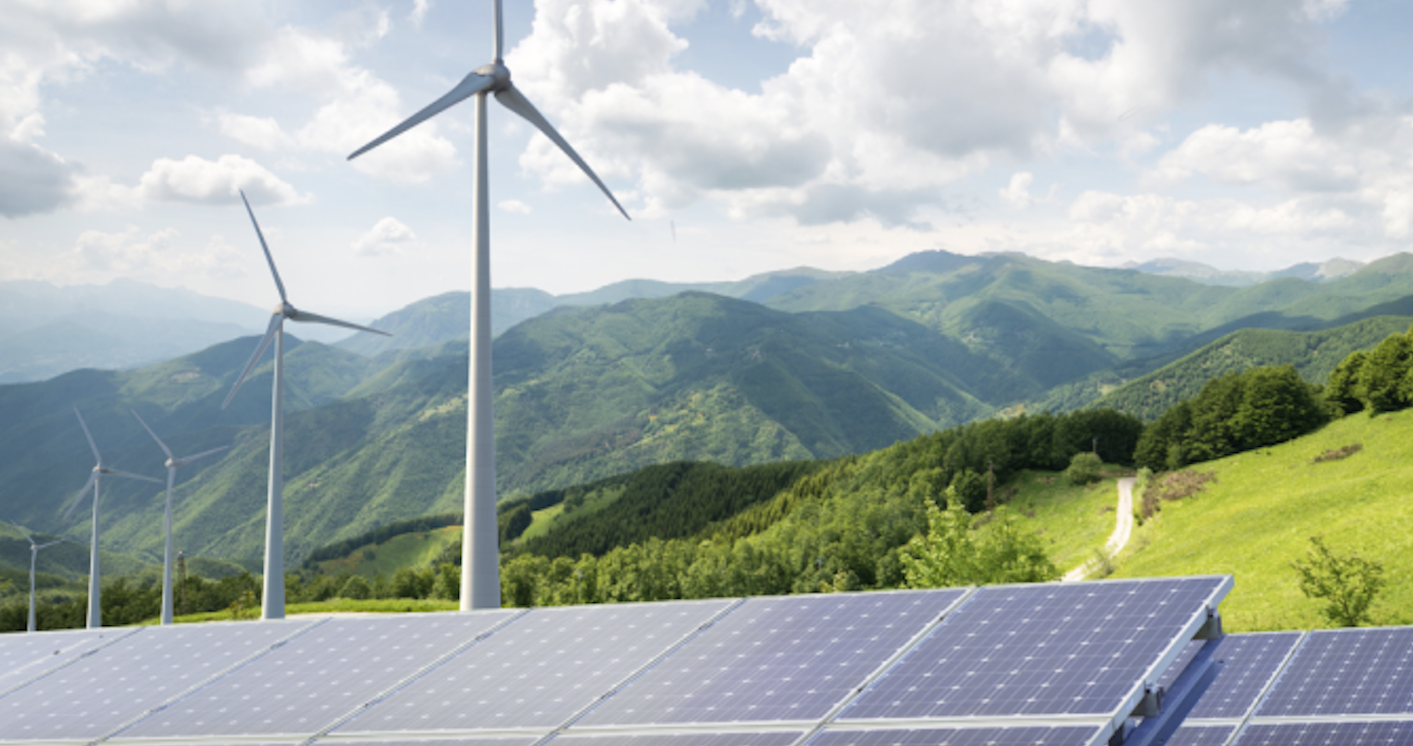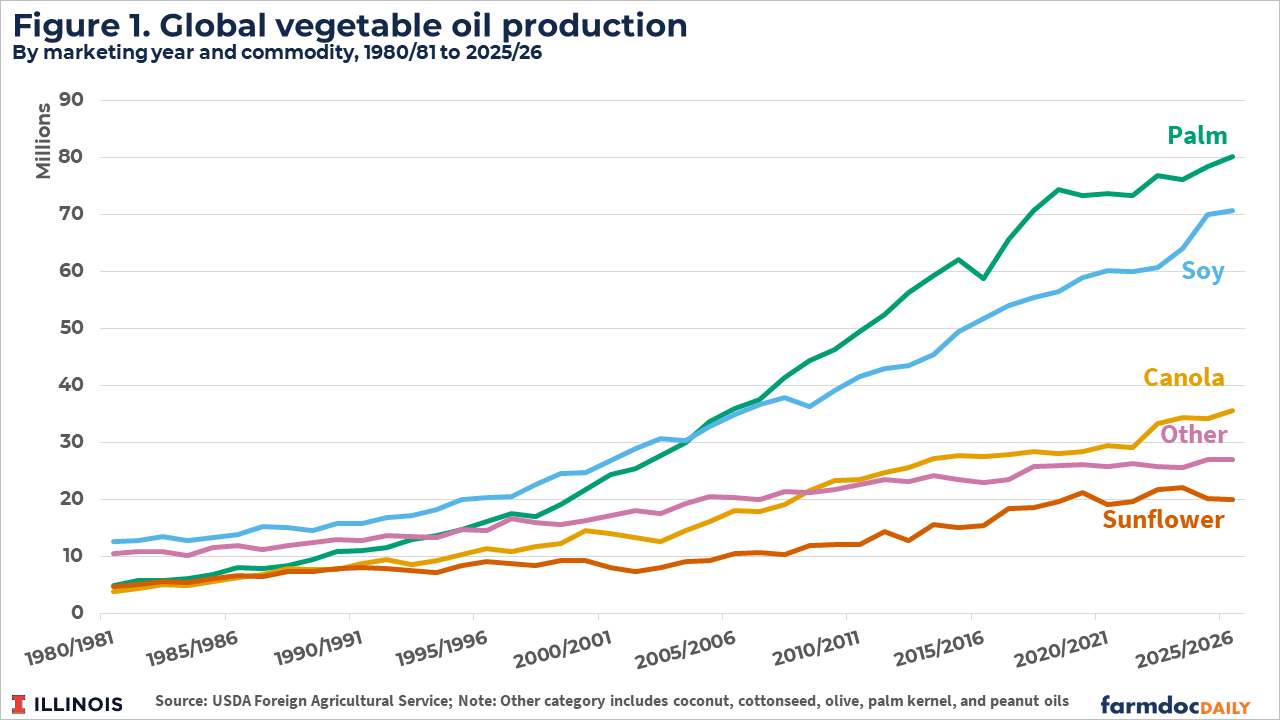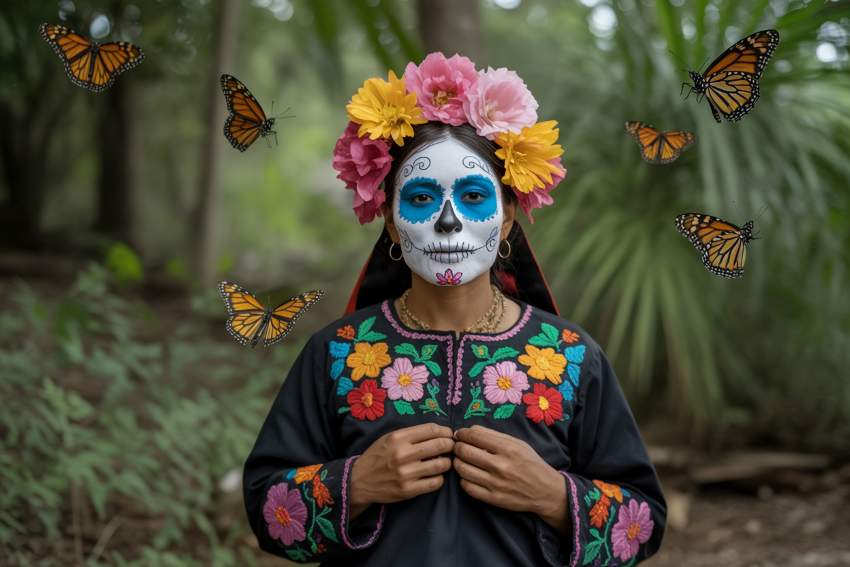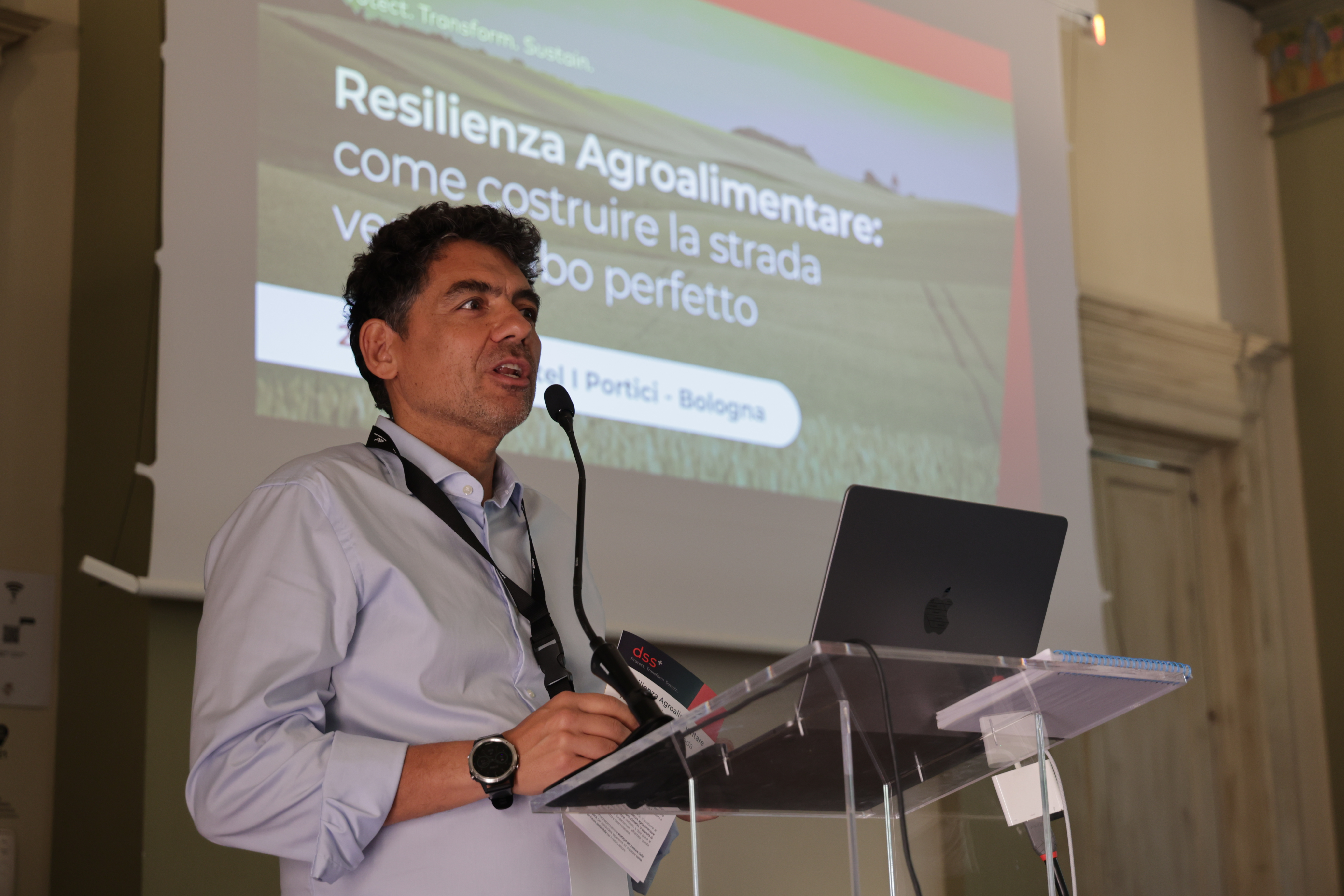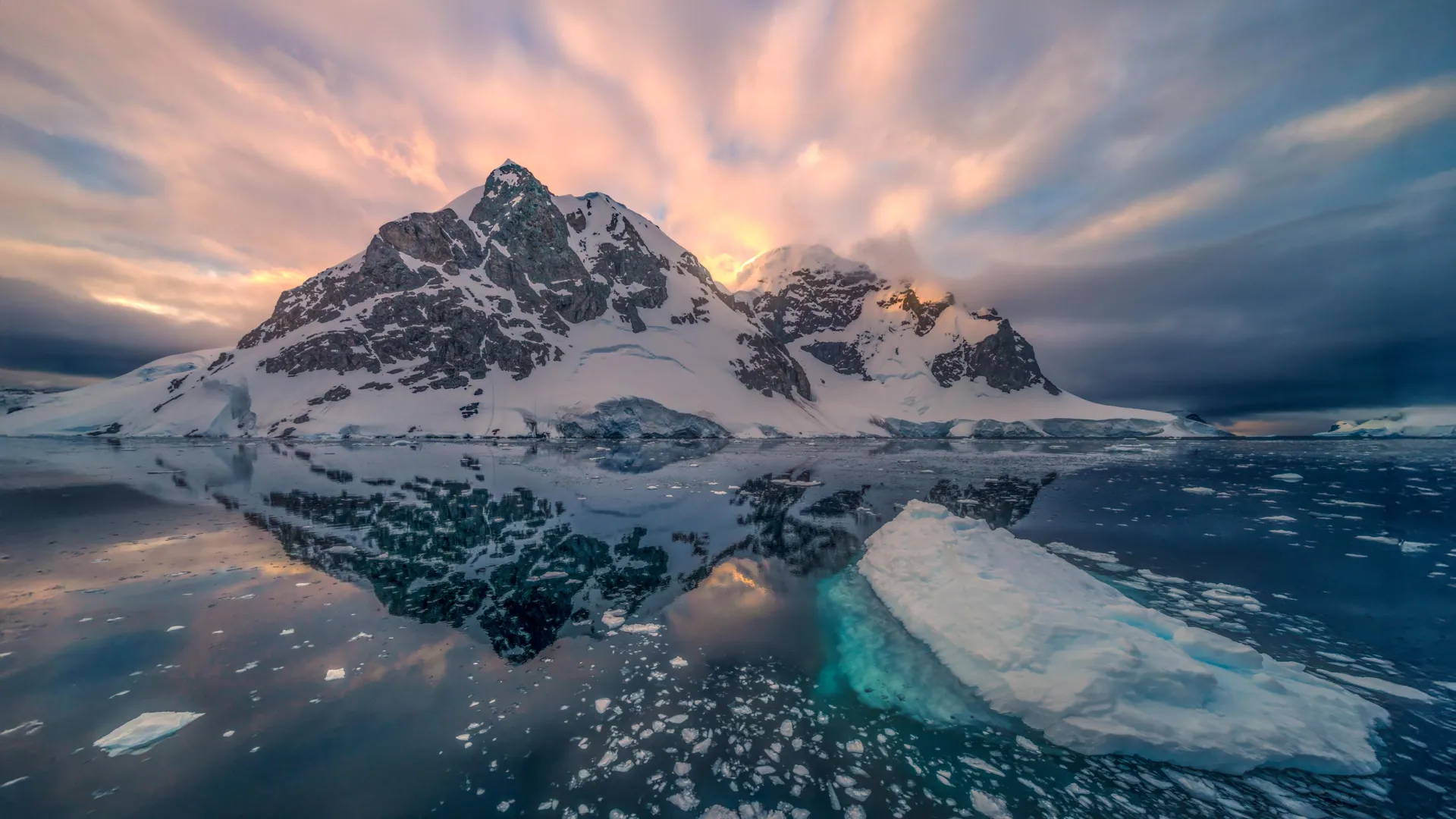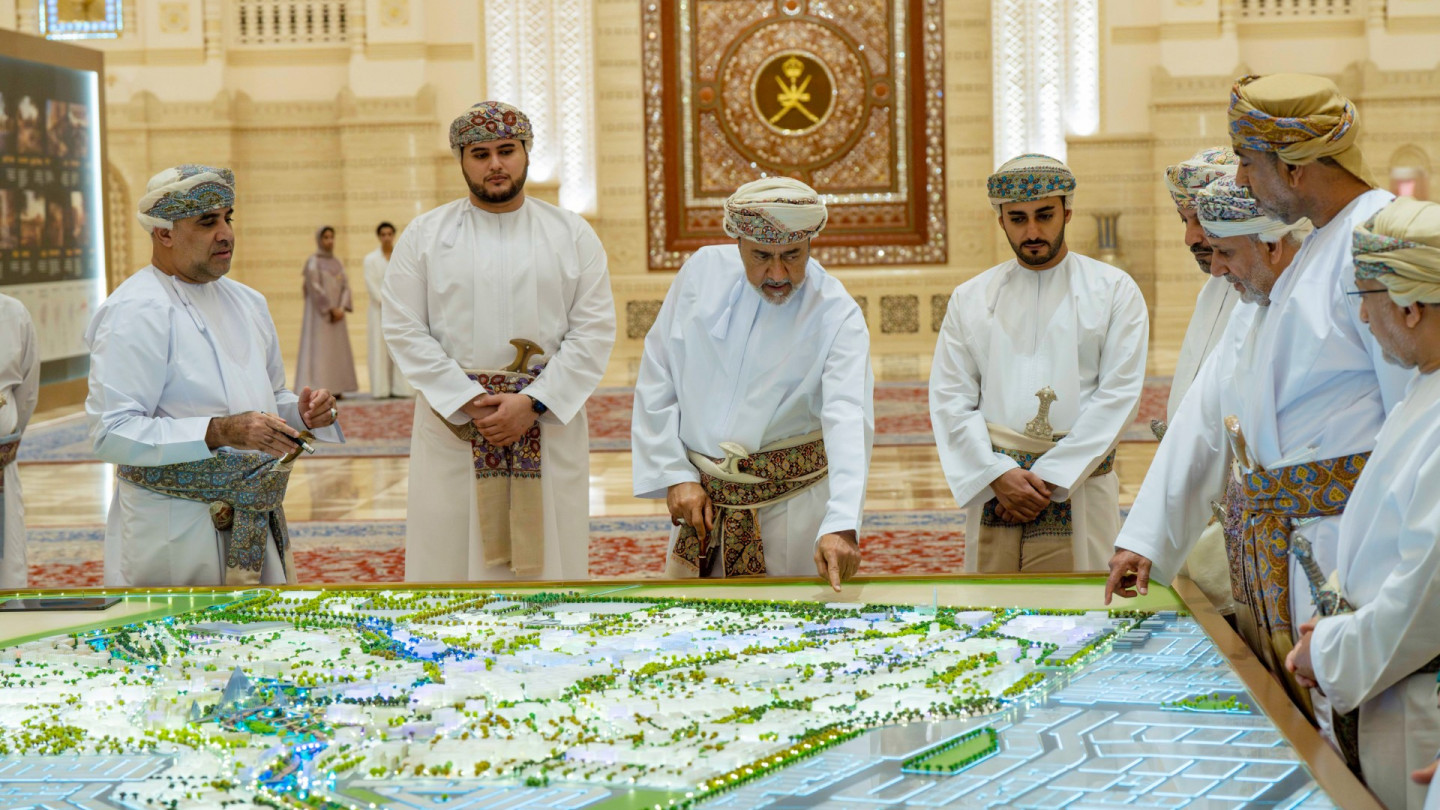Tackling the Impact of Climate Change for All at COP28
Climate change creates severe pressure and risks for the food, agricultural, and water systems that ensure well-being
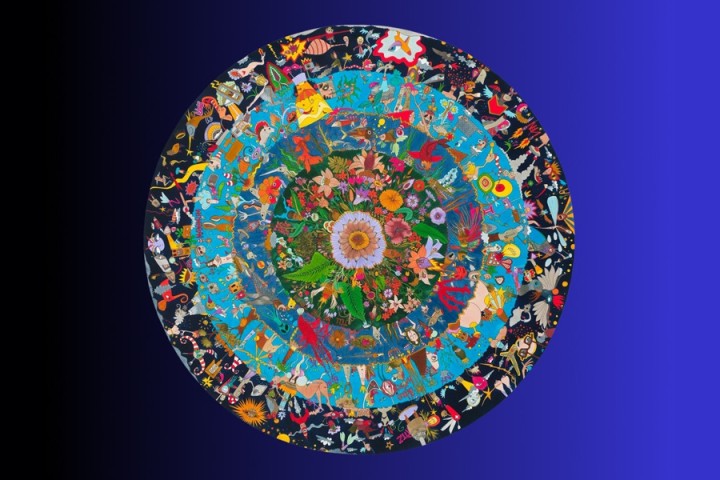
In a stark warning ahead of the United Nations Climate Convention ‘Conference of the Parties’ (‘COP28’), the Secretary General of the International Federation of Red Cross and Red Crescent Societies (IFRC), Jagan Chapagain, has said the climate and environmental crisis is a “multiplier”, exacerbating almost every humanitarian disaster the world faces.
“Whether it’s a hunger crisis and people forced to move because of drought, a health emergency exacerbated by heat, killer flooding caused by exceptional rain, disputes over diminishing tracts of arable land or an uptick in malaria deaths due to warmer temperatures, climate change plays a role in exacerbating the impact of so-called ‘natural’ disasters. The climate and environmental crisis is the biggest global challenge the IFRC faces. Addressing its impacts means addressing the base issues that turn hazards into disasters and doing that at the base level where people are most affected. If we want to tackle humanitarian disasters, it really is ‘All About That Base’.”
Climate or extreme weather was a contributing factor to the vast majority - new analysis suggests 94% - of all impact-causing natural hazards between 2018 and 2022. And that proportion, according to an IFRC report [1], increases every year.
Artist Gunsu Saracoglu, with her work in the Future of Power art show at COP28, reminds us that “Climate change is having a significant impact on wildfires around the world in the absence of adherence to the Paris Agreement. The total wildfire emissions for 2023 is estimated to be almost 410 megatonnes. Boreal forests in regions all over the world have been experiencing the worst wildfires in recorded history in 2023, according to new research.”

Unfortunately, children and youth face disproportionate risks and impacts from this as the generation who will inherit a planet with tougher conditions in which to live without being responsible for contributing to the problem.
Artist Fatma Kadir, with her work in the Future of Power art show at COP28, draws attention to young climate change advocates who “instead of playing with toys and balloons are at very early ages becoming plaintiffs in climate litigation around the globe–including Juliana v. United States, Held v. Montana, Duarte Agostinho and Others v. Portugal and 32 Other States –as they advocate for their human right to a clean and healthful environment as granted by their constitutions. Youth climate litigation is becoming an integral part of securing climate action and justice. The total number of climate change court cases worldwide has more than doubled since 2017, according to the report prepared by the UN Environment Programme (UNEP) and the Sabin Center for Climate Change Law at Columbia University.”
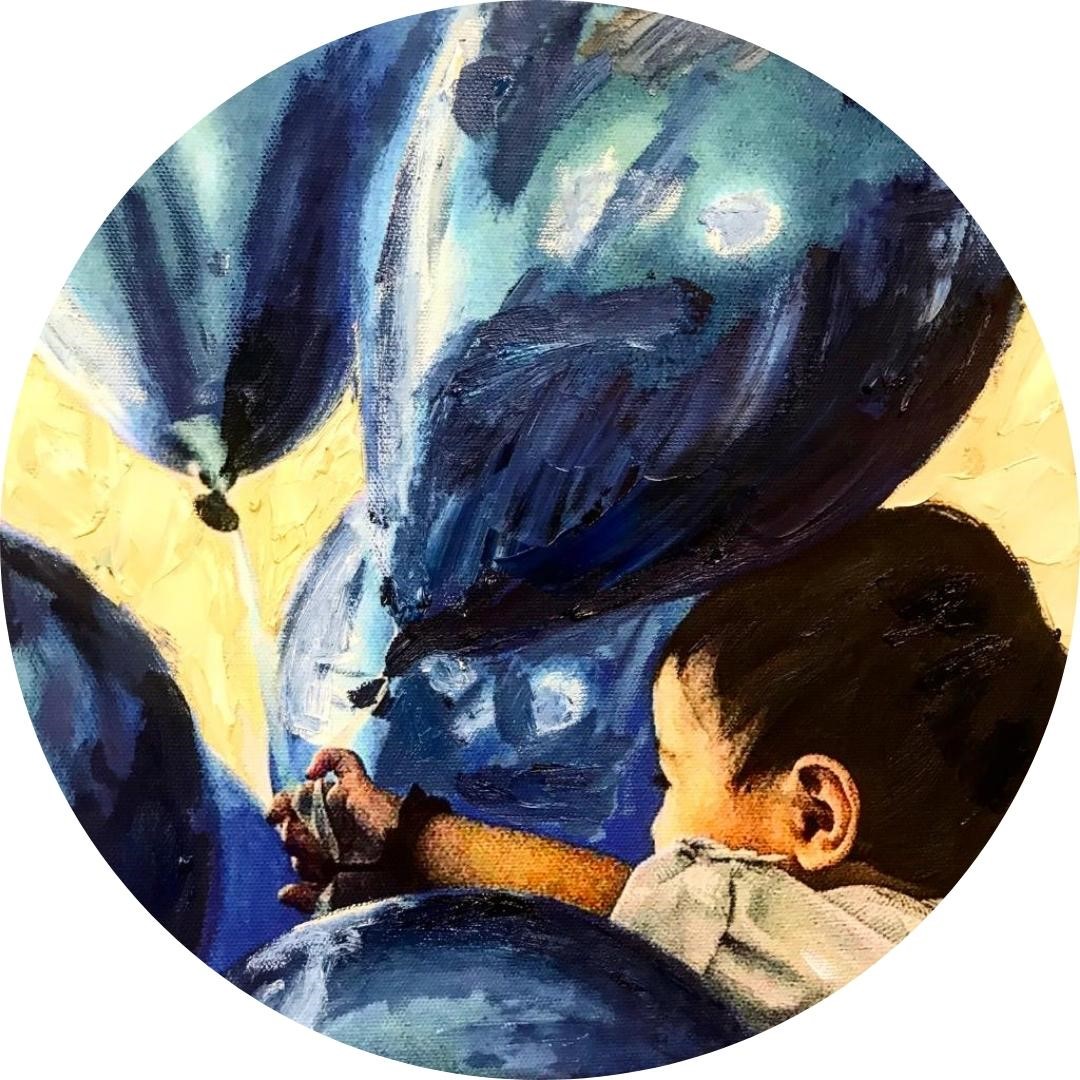
At COP28, for the first time, ways to providing relief to those affected will be explored. IFRC leaders and experts will argue that a humanitarian catastrophe can only be avoided through a mix of mitigation (reducing emissions to stop temperature rises beyond 1.5 degrees), adaptation to a world inevitably warmer than today’s, and accelerated efforts to avert, minimise and address losses and damages. They will say that the focus for adaptation should be on base issues in the countries, communities and crises most affected by climate change, but seeing the least adaptation funding. And they will argue that the most effective projects and initiatives are at the community-led; grassroots initiatives that work from the base up.
Impact on Biodiversity
A recent detailed analysis by aplaceforanimals.com (Please find the full methodology of the study here) dives deep into crucial questions about our planet's threatened species as a result of climate change. Through examination of diverse habitats, the findings are alarming. Amphibians, for instance, are facing greater danger with a staggering 41% on the verge of extinction. Of the 65,000 vertebrate species — constituting merely 3% of all animal species — an astounding 42,100 find themselves under the imminent threat of extinction due to climate change.
The data casts a bright spotlight on Indonesia, a nation boasting unparalleled biodiversity with 10,408 animal species. However, it also holds the unenviable position of having 1,233 species under threat. Yet, the concern doesn't end there. Both Australia and Mexico are ringing alarm bells, witnessing threat rates of 12.5% and 13.9%, respectively.
Aplaceforanimals assessed each nation based on criteria like species diversity, number of endangered species, and conservation efforts. They assigned scores based on these parameters, culminating in an overall rating.
What is Your Reaction?
 Like
1
Like
1
 Dislike
0
Dislike
0
 Love
0
Love
0
 Funny
0
Funny
0
 Angry
0
Angry
0
 Sad
0
Sad
0
 Wow
0
Wow
0






